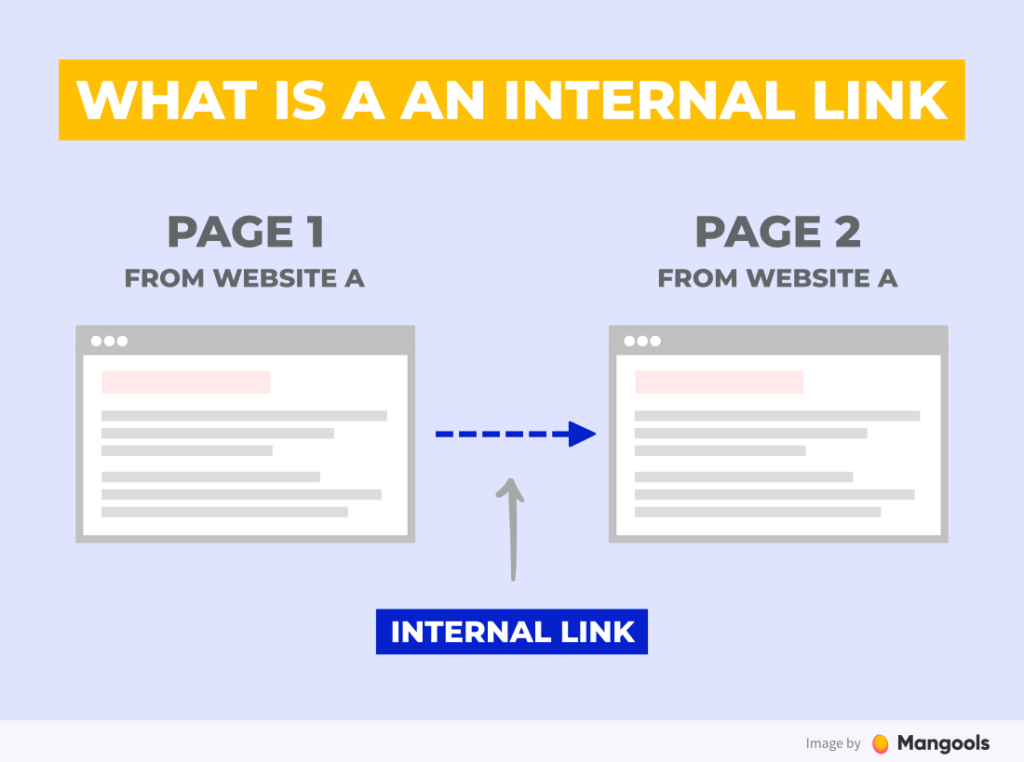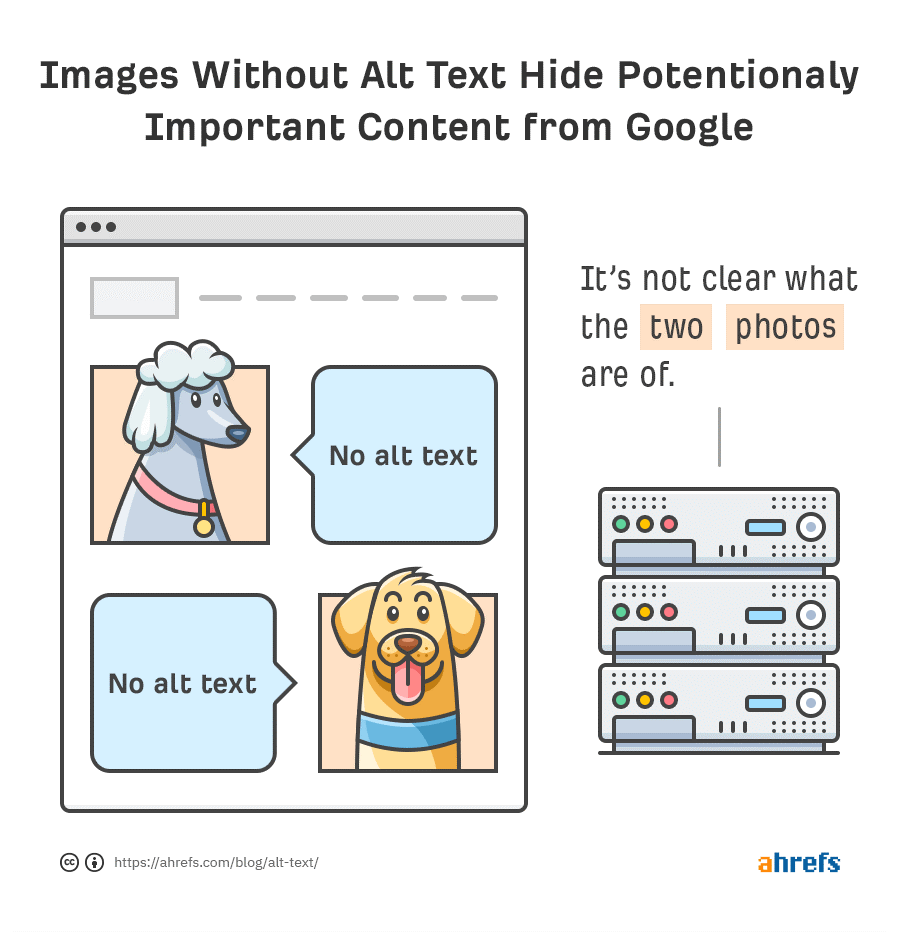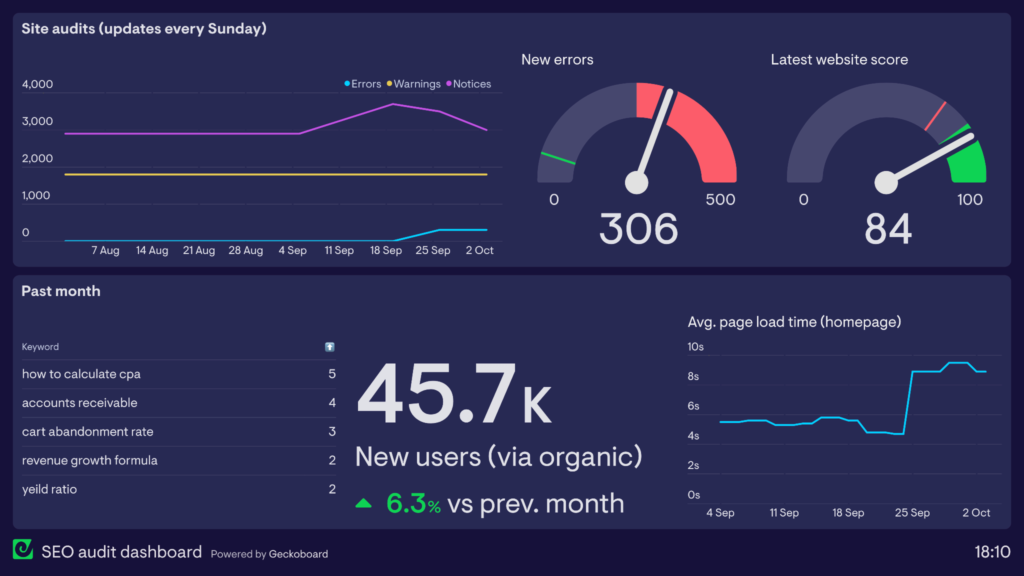How to Write SEO Friendly Content like a Pro
Author: Team WH
Published On: 14-06-23
Last Updated on: 12-12-23
Estimated reading time: 5 minutes
Picture this: You have poured your heart and soul into crafting a blog post that is original, inspiring and relevant to readers in every corner of the digital realm. But there’s one problem—it’s lost in the vast abyss of the internet. Your masterpiece remains unseen, buried beneath an avalanche of other articles.
But there’s a simple solution – adopting SEO content writing! You can dominate your market and get the desired results by making a few simple changes while writing.
Join us as we peek into the SEO writer’s playbook and craft articles that attract and convert! Learn insider tips and tricks on how to write SEO friendly content and its multiple benefits in marketing.
Let’s get started!
The Importance of SEO in Content Marketing
Did you know that on average, Google receives a whopping 3.5 billion search queries daily? Out of these users, only 0.63% view the second page of search engine results. Thus, you must rank higher to gain traction and visibility in this highly competitive arena.
Additionally, showing up within the first few choices in the search engine results page (SERP) means free, recurring, and more website visits for you. The best way to achieve this is to structure your articles and blog pieces in a way that search engines prioritise.
But how do you get your articles up there? Enter SEO-optimised content writing.
By following some time-tested principles (that are Google approved), you can organically increase your traffic and unlock the true potential of your content. It increases credibility, provides lasting impact, and acts as an incredible catalyst that magnifies your content marketing strategy.
Top 5 Tips to Ace the Search Engine Optimisation Game
Now that we know the importance of good SEO techniques let’s understand how to write SEO friendly content. It’s important to note that you customise these points to suit your piece of content.
Keywords are…well… Key!

Keywords are terms or phrases that are actively used by searchers while browsing the web. Once your topic is decided, it is vital to do keyword research and choose words relevant to your topic with high search volumes and less competition.
Using long-tail keywords is crucial to attracting a target audience. Another good rule of thumb is ‘sprinkle, not stuff’. The keywords must be spread across the content naturally and should not be overused.
Adopt tools like SEMrush and Google Keyword Planner for your keyword research. These websites make it easy to find keywords related to your primary keyword and provide their monthly search volume.
Content writing with keywords is important to help your content rank higher on search engines.
Enjoy Big Gains with Optimised Meta Titles and Descriptions
One place where you must include your target keyword is your content’s meta title and description. Google reviews these small snippets of text based on accuracy, relevancy and click-through rate.

It is one of the best practices for SEO content writing because it boosts on-page SEO results. The principle is simple- give your audience a glimpse of what you offer, and they will come to you!
Pro tip – Add your keywords at the beginning of the meta tags for better results. Also, keep your titles and descriptions below 60 and 150 characters, respectively.
Link it Up!

Internal linking is a practice of hyperlinking keywords to well-performing, published articles on your website. It provides readers opportunities to interact with similar content on your website and better engage with it. Coupled with better indexing, ease of navigation, and effective content engagement, this technique has multiple benefits!
How to write SEO friendly content for interlinking? Pay attention to the keyword or phrase used as the anchor text. It helps if the keyword in the anchor text matches the content in the linked blog.

Linking can be done to reputed third-party websites as well. It improves page credibility and goodwill. External linking also improves visibility, ensuring better SERP rankings!
A Picture Speaks a Thousand Words

High-quality content is insufficient to retain website visitors. You need to supplement it with visuals. Adding visual content like photos, videos, and memes can make it more SEO and user-focused.
Make sure you have the right to use the images added. You can purchase them or take help from designers to create custom visuals.
Next, you must optimise the media with alt tags and image texts. Alt texts help Google rank the image for keywords and also help people with disabilities. Generally, these texts describe the image and contain a relevant keyword.
It provides all-around visibility, so ensure to use this SEO friendly content writing tip!
Keep an Eye on Ranking Factors

Suppose, you have started content writing with SEO techniques and are beginning to see good results. But these results are not stable or long-lasting. Wondering why that may be?
It is because you aren’t tracking your blog’s performance. Regularly checking the views, website traffic, bounce rates, and the targeted keywords’ performance are crucial to understand search results. You can then edit and optimise your blogs and make them more SEO-friendly! This constant optimisation is necessary to stay relevant in a competitive landscape.
To Sum It Up
The answer to the question, of how to write great SEO content, boils down to crafting simple, accurate, and attractive answers to common searcher queries.
Remember, achieving good rankings is a test of patience. Results will not manifest overnight but will come through diligent nurturing and optimisation.
Embrace these insights, create engaging blogs, and watch as your SEO efforts flourish, bringing your website the visibility it deserves.
Frequently Asked Questions
1. Does the content structure matter for SEO?
Definitely! When writing content, ensure it is easily readable using bullet points, structured subheadings, and tables. It increases the time spent on the website and improves SERP rankings.
2. Which type of content can benefit from SEO Optimisation?
SEO optimisation is advantageous to various content types – across formats and platforms. Examples include long-form content like web pages and blog posts, and short-form pieces like video descriptions, visual content, and social media posts.
3. What is the ideal keyword density to follow in long-form content writing?
SEO experts recommend maintaining a 1-2% keyword density in blog articles. In a 1000-word blog article, approximately 10-20 words should be keywords.























































































































